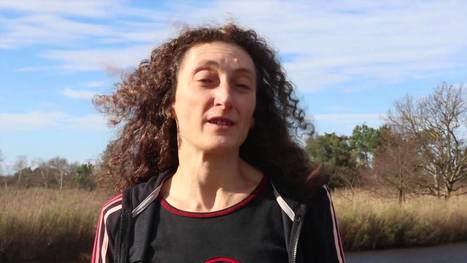Projet sélectionné dans le cadre de l'appel à projets transnational pour la recherche sur les maladies cardiovasculaires (ERA-NET Cofund ERA-CVD)
Coordinator: Rodolphe Fischmeister, INSERM, Univ Paris-Sud, Université Paris-Saclay
In heart failure (HF) patients, the heart is unable to meet the hemodynamic needs, such as during a physical exercise or an emotional stress. The sympathetic nervous system, activated upon exercise or stress acts on the heart by the release of noradrenaline which activates beta-adrenergic receptors. Once activated, these receptors cause the production of cyclic AMP (cAMP). However, when the body demand stops, the heart returns to its normal activity by a family of enzymes called phosphodiesterases (PDEs). Thus, beta-adrenergic receptors serve as an accelerator and PDEs as a brake. In HF, the accelerator pedal is stuck to the floor and the brakes are ineffective. This project will use a new gene therapy approach to reintroduce different defective/missing types of PDEs into the heart, with the hope to prevent the associated heart rhythm disorders which are the main cause of death in HF.


 Your new post is loading...
Your new post is loading...


